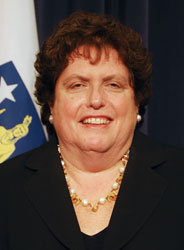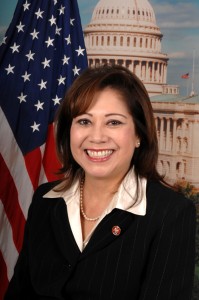Massachusetts DOS Releases Opinion Letter on Classification for Workers Constructing Sidewalks
DOS Recently Released PW-2010-13-12.13.10 on Prevailing Wages
The DOS regularly issues Prevailing Wage Opinion Letters and recently released PW-2010-13-12.13.10. This letter confirms the job classifications “for workers who perform certain tasks related to the construction of either concrete or asphalt sidewalks.”
DOS Job Classifications of the Tasks
According to the DOS, the relevant job classifications are the following:
- Removal of the existing materials (old sidewalk) using a backhoe or front end loader.
- Removal of existing materials with hand tools, primarily shovels, or jackhammer.
- Gravel and sub-grade materials are put in place using hand shovels and rakes.
- With respect to concrete sideways, the installation with hammers and stakes of wood edging of 1 inch by 4 inches. Thereafter, the area is filled with concrete from a pre-mix truck using shovels, rakes and wheelbarrows. The cement is leveled and swept with brooms.
- In the asphalt installation, the process is similar to the concrete but the asphalt is leveled with rakes and shovels. It is then rolled with a hand roller.
- Installation of curbing using a front end loader and guidance of the curbing into place
The DOS Concludes that the Work Is Subject to the Prevailing Wage Law
With the exception of the operation of the backhoe, front end loader, and jackhammer, described in items 1, 2 and 6, each of the listed tasks is paid at the rate for “Laborer” as indicated on the rate sheet.
The operation of a jackhammer, as described in item 2, is paid at the rate for “Jackhammer & Paving Breaker Operator” as indicated on the rate sheet.
The operation of a backhoe or loader, as described in items 1 and 6, is paid at the rate for a “Backhoe/Front End Loader” as indicated on the rate sheet.
Vision Payroll Assists Employers Preparing Certified Weekly Payroll Reports
Vision Payroll is ready to assist employers in gathering information for certified weekly payroll reports. Vision Payroll can also prepare the certified weekly payroll reports for submission to the proper authorities. Contact Vision Payroll today to get started.








Vision Payroll